Blog Detail
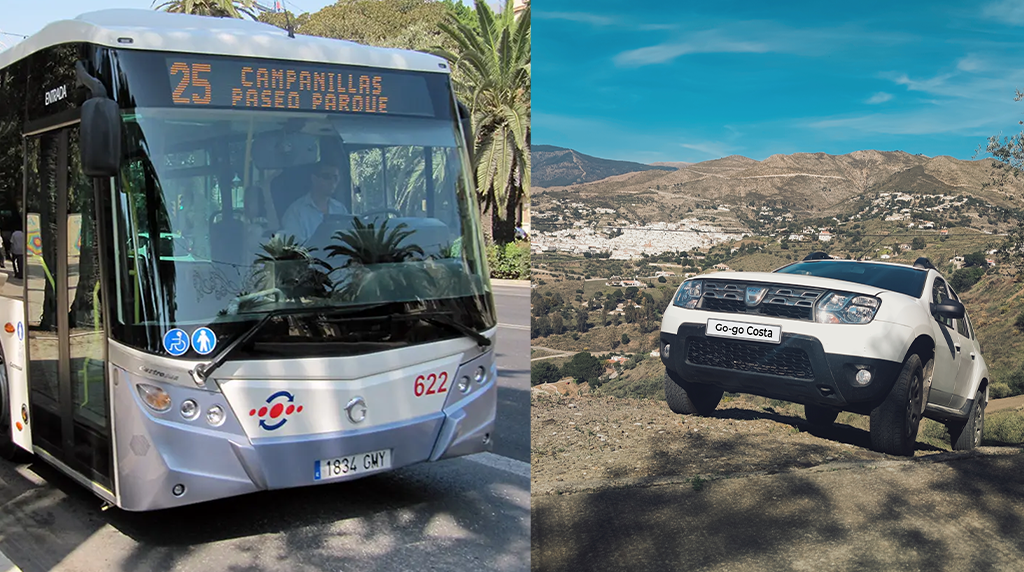
Costa Del Sol: Car or Public Transport?
The Costa del Sol is a popular destination in Spain, and it is known for its beautiful beaches, warm climate, breathtaking nature and vibrant nightlife. When it comes to getting around the Costa del Sol, there are two main options: Car or public transport.
Public transport in the Costa del Sol consists of buses and trains. Buses are the most common form of public transport, and they are operated by several companies, including the regional bus company, Avanza. There are also local buses that operate within each town or city on the Costa del Sol. The train service in the Costa del Sol is operated by the Spanish national rail company, Renfe, and there is a train line that runs along the coast, connecting Malaga with Fuengirola.
Driving is also a popular option for getting around the Costa del Sol. The roads are generally well-maintained, and there are several major highways that connect the different towns and cities along the coast. However, traffic can be heavy, especially during peak tourist season, and parking can be difficult to find in some areas.

Here are some pros and cons of Car or Public Transport :
Public transport:
Pros:
- Cost-effective: Public transport is generally cheaper than driving, especially if you’re only making a few trips.
- Environmentally friendly: Taking the bus or train produces less pollution than driving your own car.
- Convenient: There are several bus and train routes that connect the different towns and cities on the Costa del Sol, so it’s easy to get around without a car.
- No need to worry about parking: Finding parking can be difficult in some areas, so taking public transport eliminates this concern.
Cons:
- Limited flexibility: You’re limited to the bus or train schedule, so you may have to wait for the next one if you miss your intended departure time.
- Crowded during peak season: Public transport can get very crowded during peak tourist season, which can make for an uncomfortable journey.
- Many small villages and mountaniouns areas are not well served by public transport. The moment your accommodation is located in a less densely populated area it is going to be a challenge to get from A to B.
Driving:
Pros:
- More flexibility: With your own car, you have the flexibility to come and go as you please, and you’re not limited to the bus or train schedule.
- Convenience: Driving can be more convenient, especially if you’re traveling with a lot of luggage or equipment.
- Time-saving: You can save time by driving, as you don’t have to wait for the bus or train, and you can take the most direct route to your destination.
- You can reach beautiful remote areas by ease such as the many national parks and hidden beaches.
Cons:
- Cost: Driving can be more expensive than taking public transport, especially if you have to pay for parking or tolls.
- Traffic: Traffic can be heavy, especially during peak tourist season, which can add significant time to your journey.
- Parking: Finding parking can be difficult, especially in popular areas, and you may have to pay for parking.
In summary, public transport is a cost-effective and environmentally friendly option for getting around the Costa del Sol, but it can be crowded and inflexible during peak tourist season. Driving, on the other hand, offers more flexibility and convenience, but it can be more expensive and time-consuming due to traffic and parking concerns. Ultimately, the best option will depend on your individual needs and preferences.
Need a car? Reach out to Go-go Costa and we’ll have you driving in no time.
Our Social Media Platforms:
FaceBook: Go-go Costa
Instagram: gogocostarentalcar
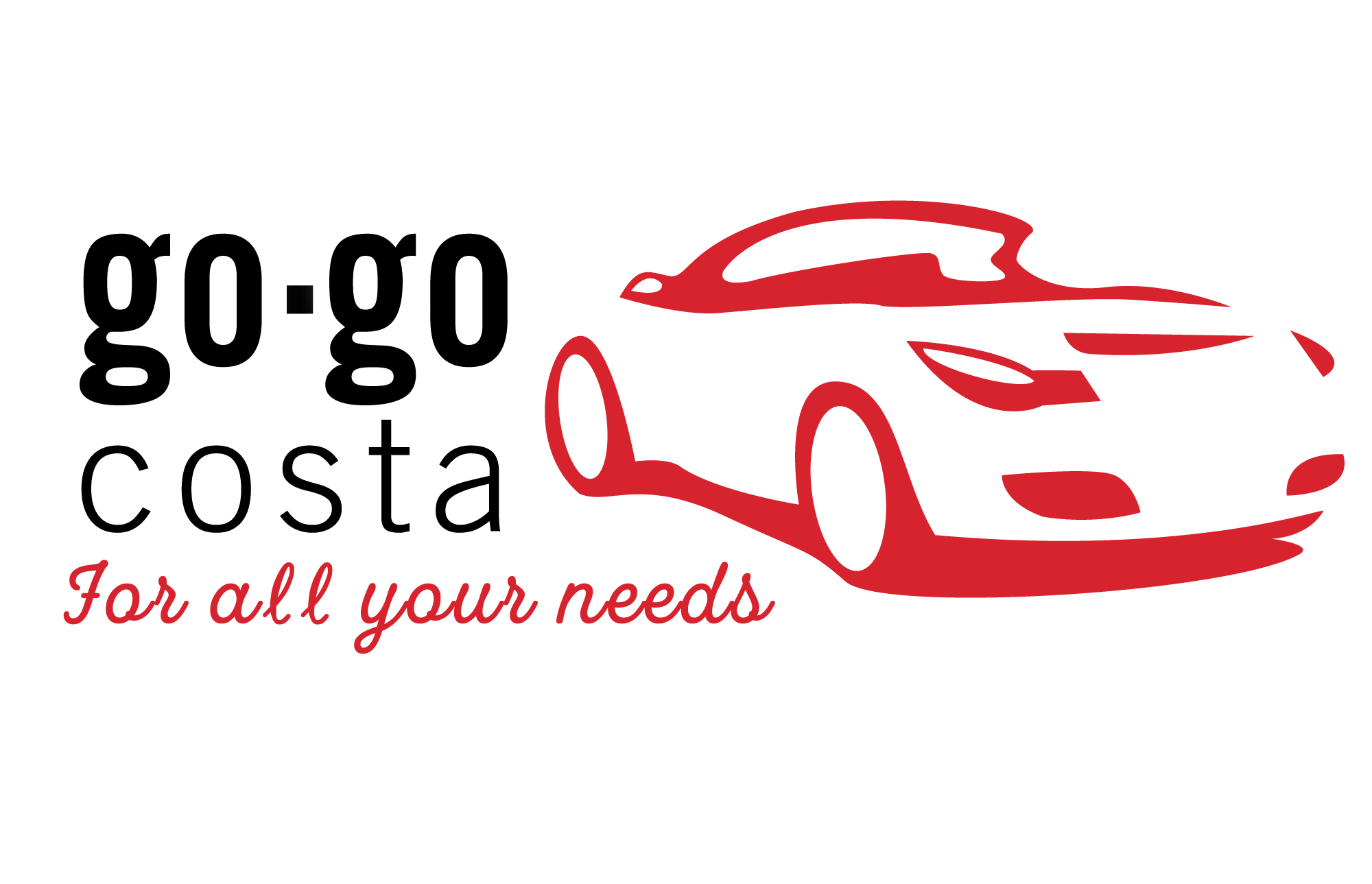
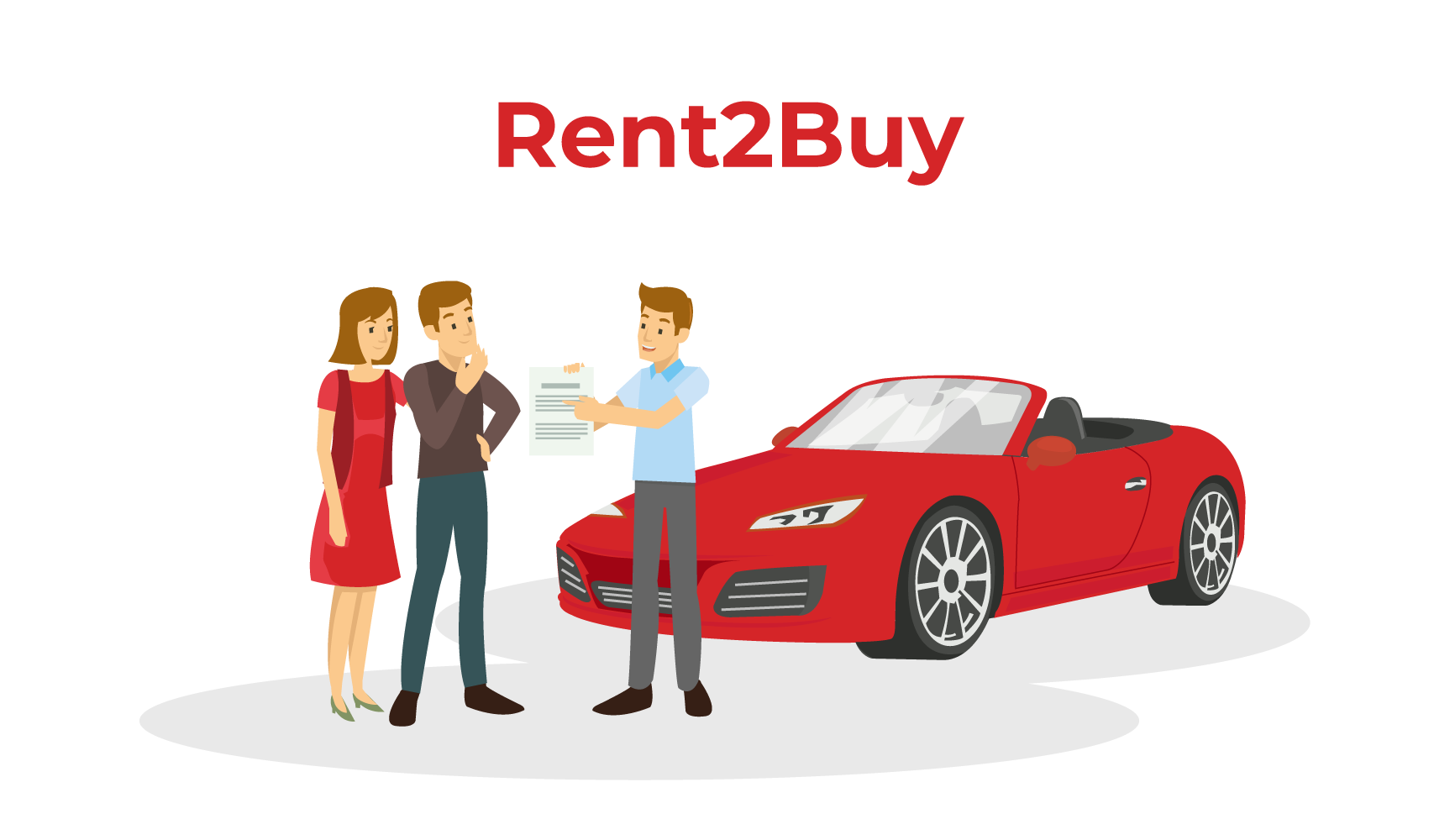

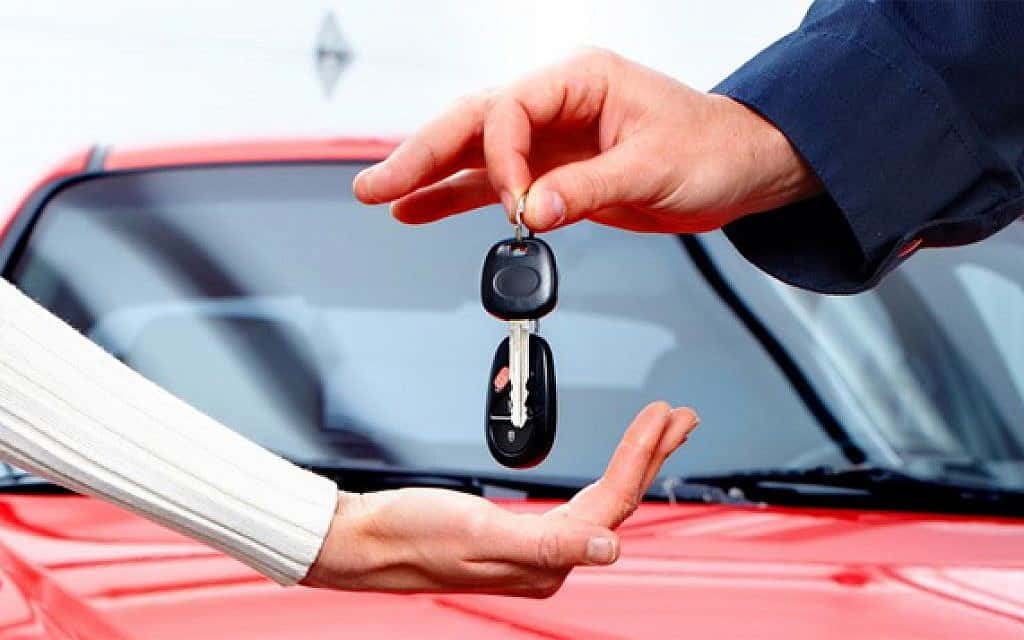








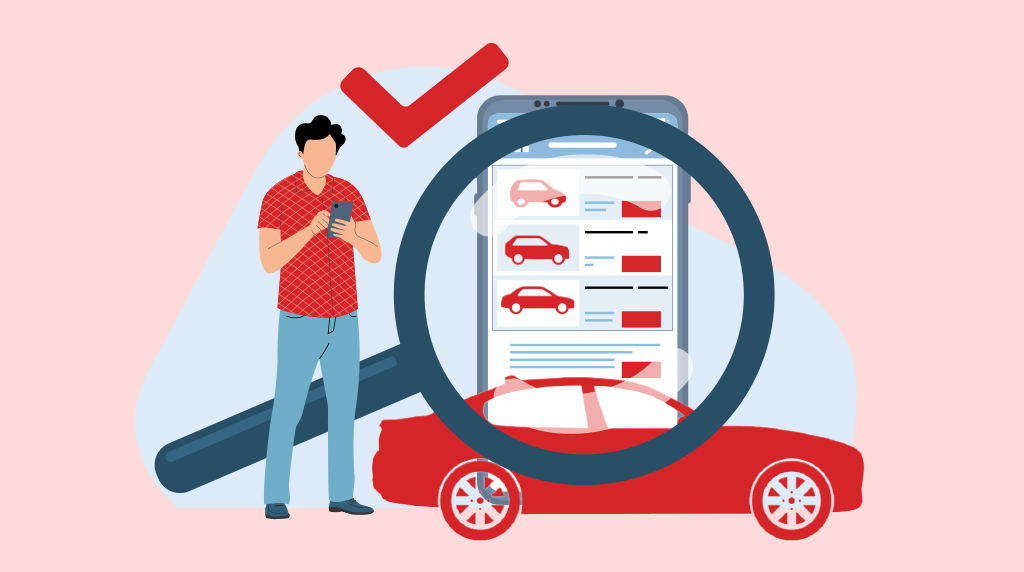

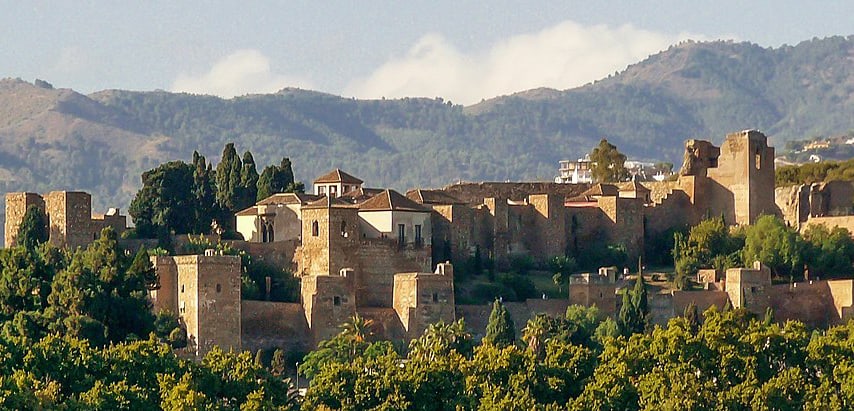
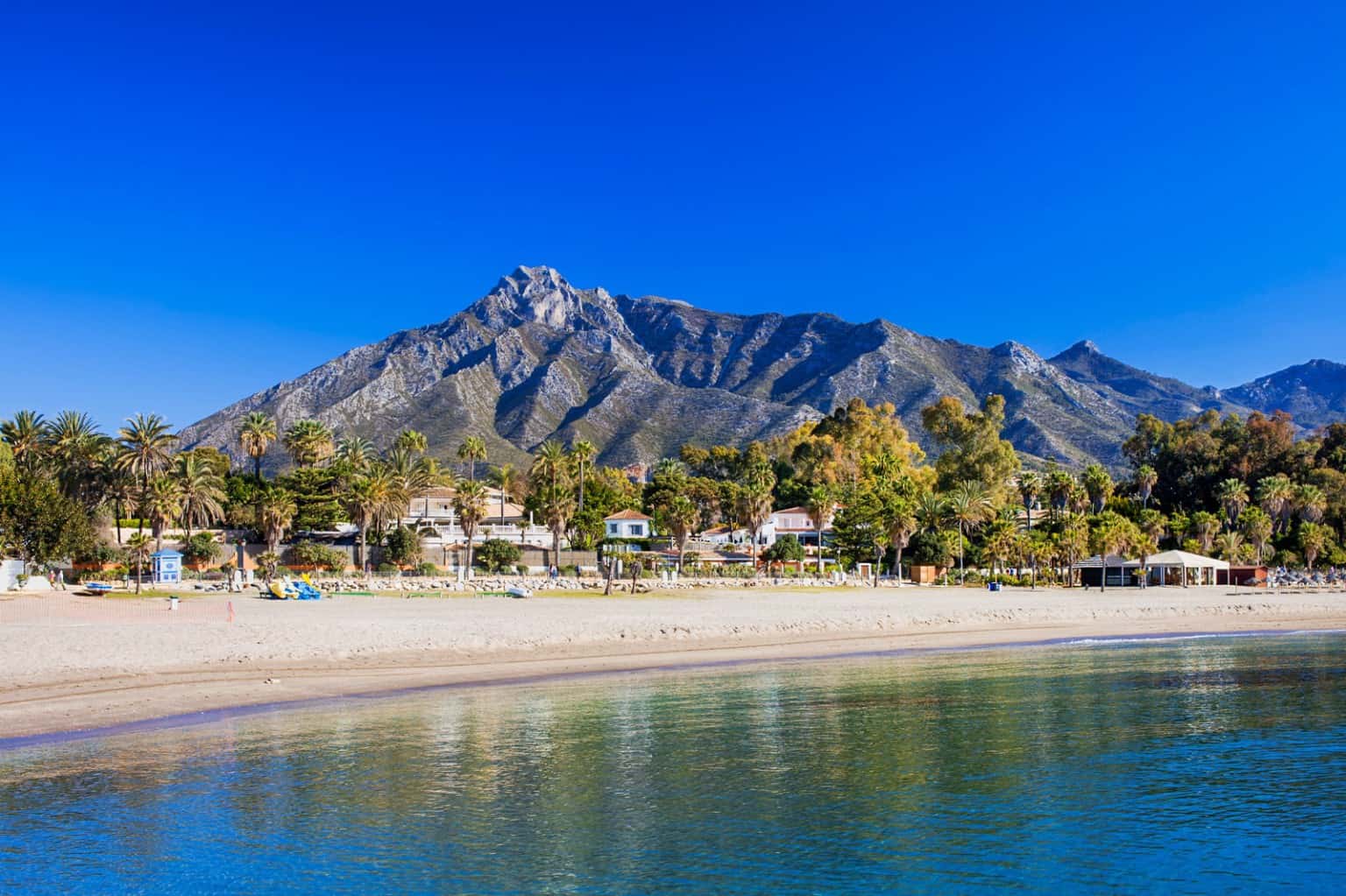

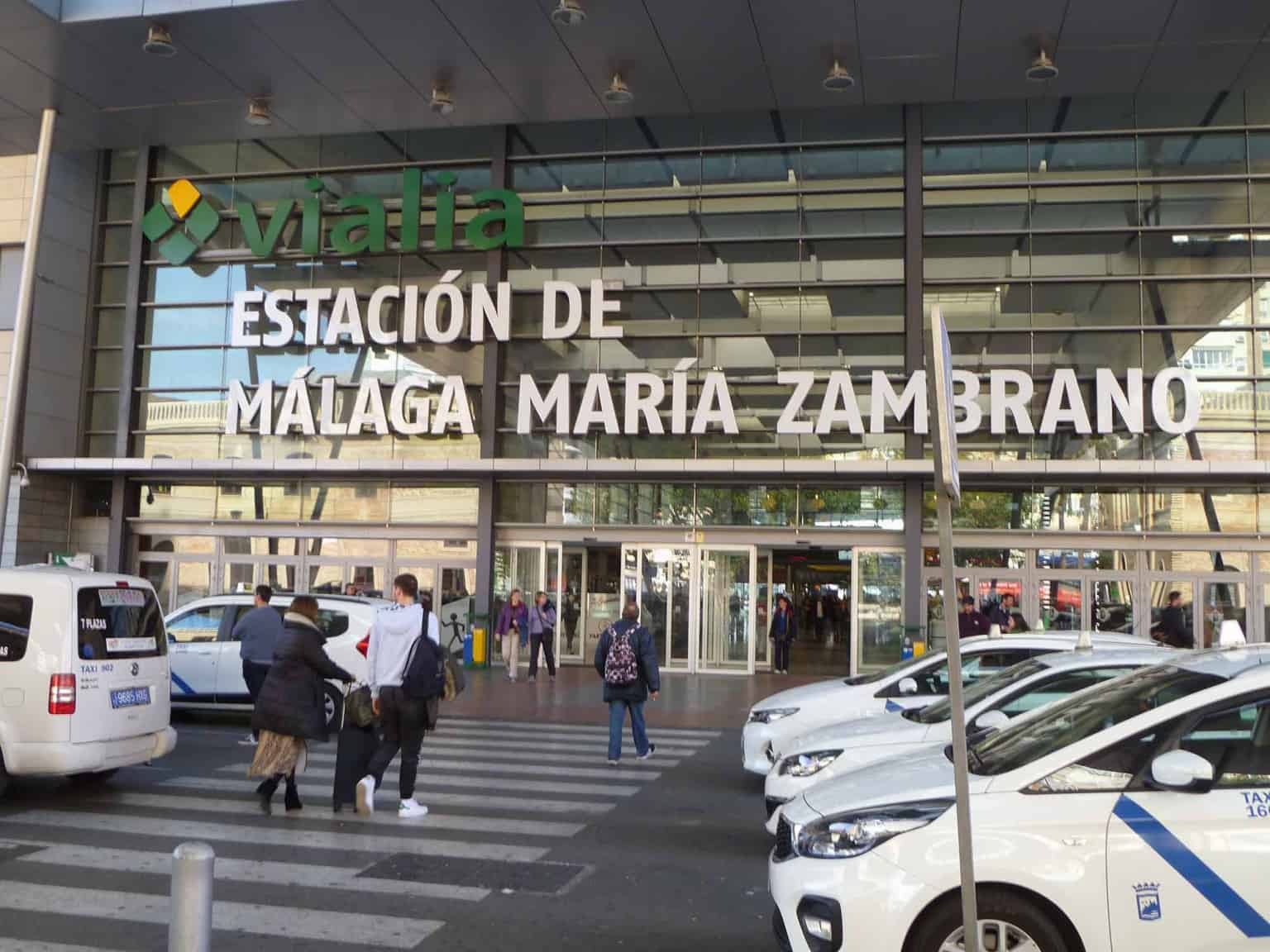
Comments
Leave Your Comments